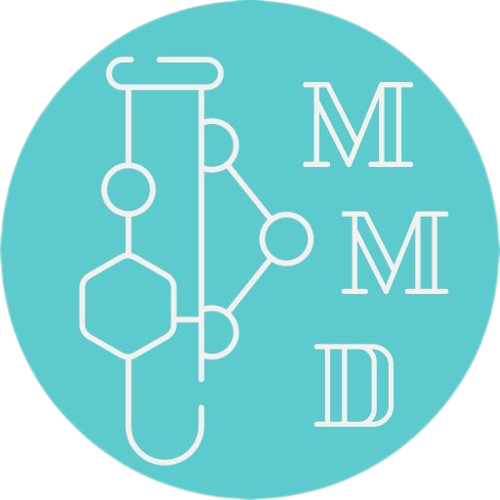Projects
Our research revolves around methylglyoxal (MG) and related dicarbonyl molecules. By studying both the chemistry and biochemistry of MG, we are able to better understand the fate of MG in the cell including mechanisms of its signaling and toxicity.
We also explore the applicability of type III glyoxalases to the organic synthesis of enantiomerically pure alfa-hydroxy carboxylic acids.
We also explore the applicability of type III glyoxalases to the organic synthesis of enantiomerically pure alfa-hydroxy carboxylic acids.
Reversible reactions of methylglyoxal with thiols.
We study chemistry of methylglyoxal in order to better understand its reactions in living cells. We have recently characterized kinetic and thermodynamic aspects of reversible reaction of MG with biological thiols. These data allowed reconciling the observed "degylcase" activity of DJ-1 with its structural and biochemical identity as glyoxalase. Moreover, we apply this knowledge to develop simple and efficient methods to measure glyoxalase activity based on dynamic equilibrium between free MG and related hemithioacetal.
The role of methylglyoxal in K-ras driven cancers.
K-Ras driven cancers utilize large amounts of glucose because not all of the glucose in completely oxidized in mitochondria (this is known as Warburg effect). Due to increased glycolytic flux significant amounts of methylglyoxal are produced in these cells damaging proteins through reaction with arginine residues. Since these cells are already under significant oxidative stress, it is likely that methlylglyoxal significantly contributes to the damage dealt by reactive oxygen species. We are trying to understand and dissect the impact of methylglyoxal on cancer cells undergoing oxidative stress.
Methylglyoxalases in chemical synthesis.
Type III glyoxalases can use any glyoxal derivative R-CO-CHO to convert it to a corresponding alpha-hydroxy carboxylic acid
R-CHOH-COOH. While some glyoxalases produce only racemic mixtures of both possible enantiomers, others give one of the enantiomers in large excess. Unlike many other enzyme-catalyzed reactions, this reaction is essentially irreversible making it highly suitable for synthetic applications. This opens up a possibility to use glyoxalases for stereospecific synthesis of many different a-hydroxy carboxylic acids. This class of compounds may be used further o synthesize pharmaceuticals, cosmetic products etc.
R-CHOH-COOH. While some glyoxalases produce only racemic mixtures of both possible enantiomers, others give one of the enantiomers in large excess. Unlike many other enzyme-catalyzed reactions, this reaction is essentially irreversible making it highly suitable for synthetic applications. This opens up a possibility to use glyoxalases for stereospecific synthesis of many different a-hydroxy carboxylic acids. This class of compounds may be used further o synthesize pharmaceuticals, cosmetic products etc.
Molecular function of human protein DJ-1
Human protein DJ-1 is mutated in rare cases of familial Parkinson's disease but its molecular function remains elusive. DJ-1 is structurally similar to type III glyoxalases that convert methylglyoxal to lactic acid, but its catalytic efficiency very low, so it is likely that it performs other function as well. We have found that a small fraction of DJ-1 reacts with Ni-NTA column which is used for its purification. This results in a dramatic change in color and strong binding of DJ-1 to this column. We investigate the molecular basis of this phenomenon since it may uncover a true molecular function of DJ-1.


